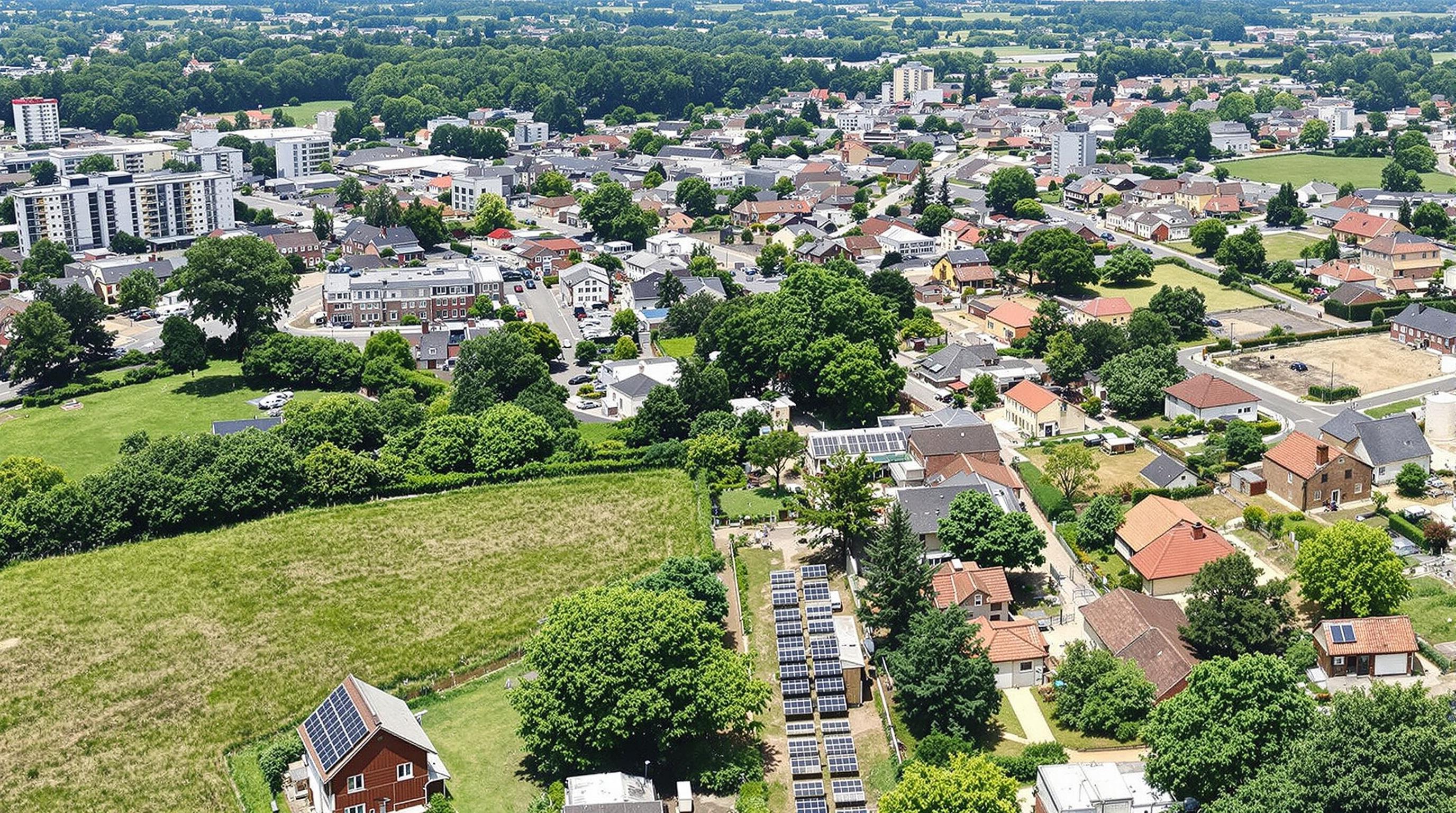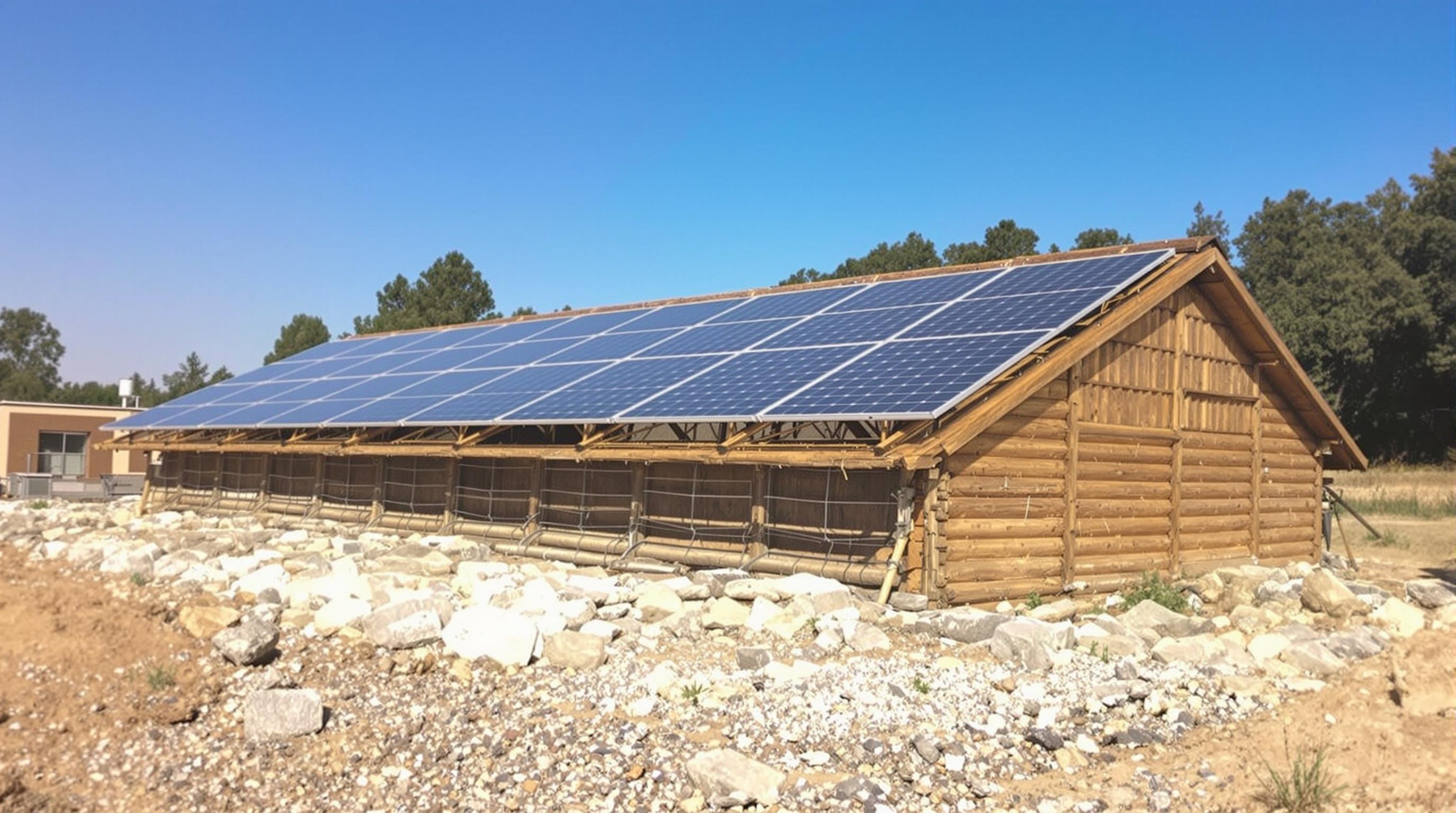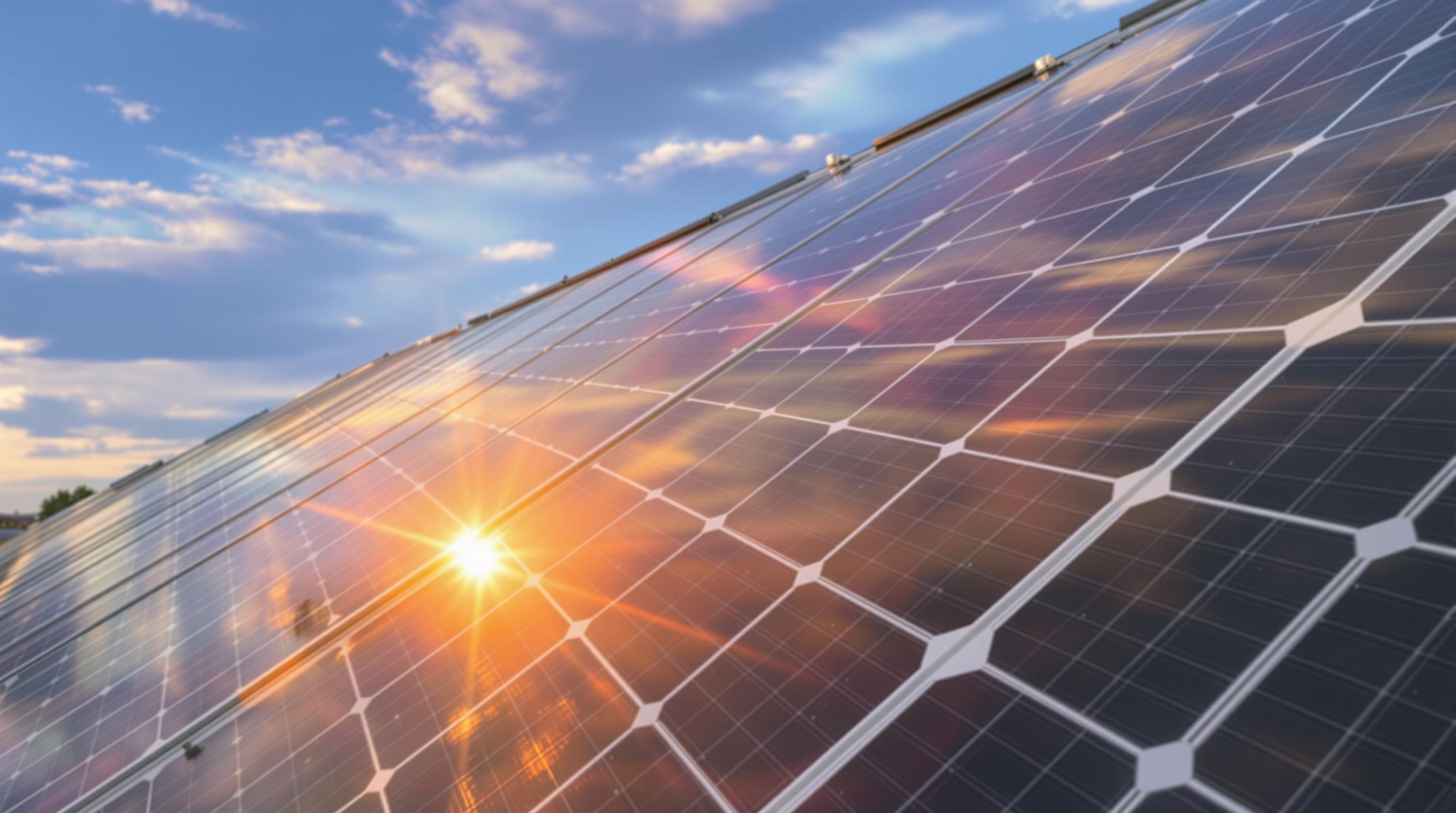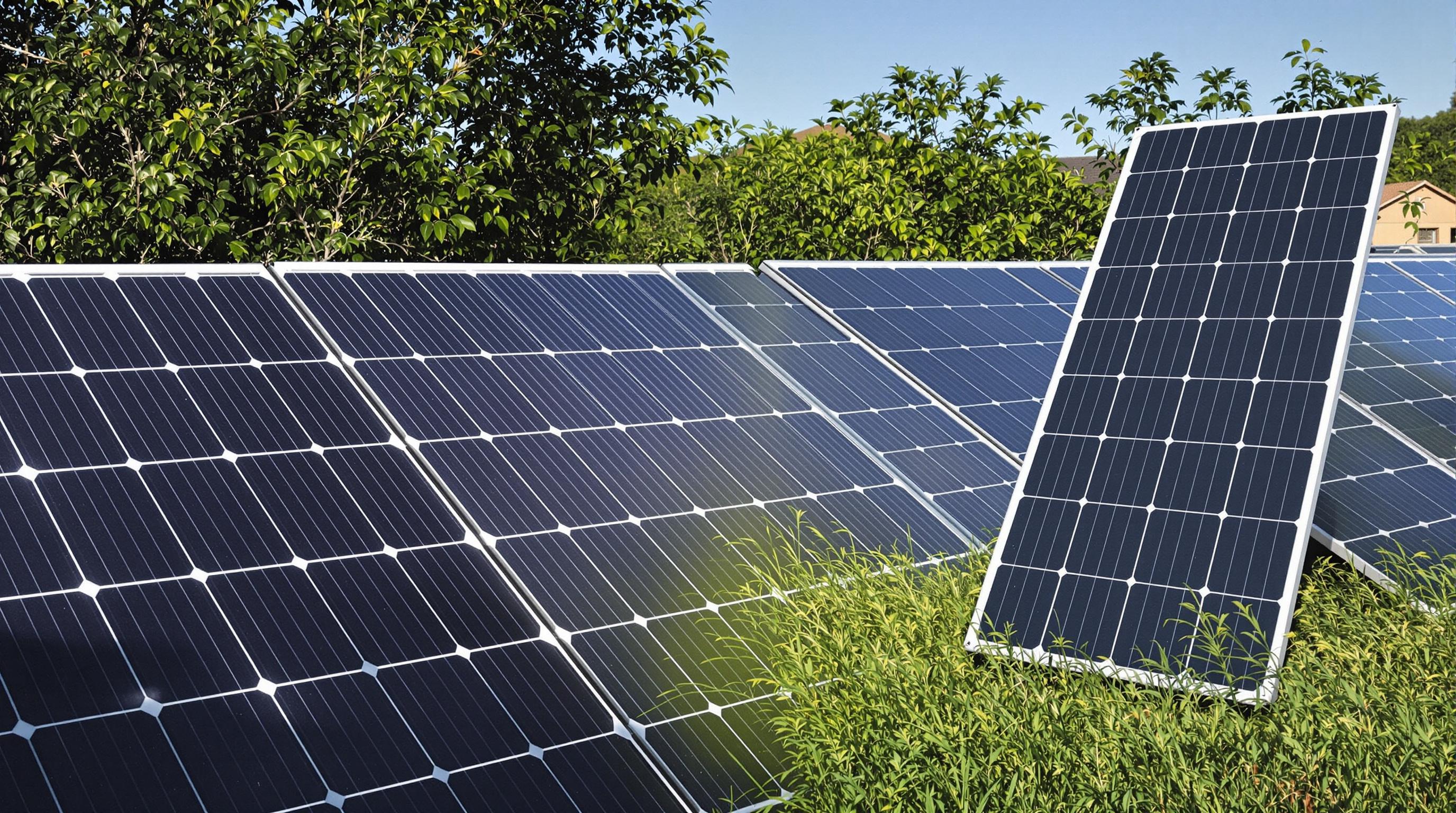Related Articles
- 6 Revolutionary Solar Panel Cleaning Robots Since 2019 Rated for Efficiency and Contractor Appeal
- How Unexpected Weather Patterns Are Shaping Homeowner Choices in Solar Installation Partnerships
- How Solar Inverter Noise Pollution Affects Urban Wildlife and What Manufacturers Are Overlooking
- How Solar Inverters Influence Home Resale Value and What Buyers Rarely Consider Before Purchase
- How Microclimates Secretly Shape Solar Energy Output in Unexpected Urban and Rural Landscapes
- The Quiet Role of Microclimates in Shaping Solar Harvesting Outcomes Beyond Conventional Efficiency Measures
How Microclimates Secretly Shape Solar Energy Output in Unexpected Urban and Rural Landscapes
How Microclimates Secretly Shape Solar Energy Output in Unexpected Urban and Rural Landscapes
Microclimates, those subtle shifts in local weather conditions, wield a surprising influence on solar energy production in both city and countryside settings. Understanding their effects is key to optimizing solar panel efficiency and unlocking clean energy's full potential.
Hey there! Imagine you're a rooftop solar installer in Phoenix, Arizona— known for its scorching sun and sprawling urban streets. You'd expect your panels to soak up a straightforward, blazing 6 hours of sunlight daily, right? But what if nearby buildings, heat islands, or even a sudden pocket of humidity create a tiny ‘solar shadow’? That's where microclimates sneak in and mess with your carefully planned output.
The Intricate Dance of Microclimates and Solar Panel Performance
Microclimates refer to small-scale atmospheric zones where the climate differs slightly from the surrounding areas. These can emerge because of topography, vegetation, urban structures, or water bodies. In practical solar energy terms, these microclimates can alter temperature, humidity, and sunlight exposure that solar panels depend on.
For instance, solar panels perform best at cooler temperatures, generally around 25°C (77°F). When it's hotter, panel efficiency drops — sometimes by as much as 10-15% on an unusually warm day (EnergySage, 2022). Urban heat islands, which raise temperatures due to asphalt and concrete, can create pockets where panels underperform. A study from the University of Illinois found that solar arrays in urban parks outperformed those on adjacent rooftops by roughly 8% in midsummer due to cooler microclimates beneath treetops (Smith et al., 2019).
How Urban Layouts Twist the Solar Story
If you’re living in a dense urban block, consider the maze of shadows cast by skyscrapers, street trees, power lines, and even billboards. Each element influences solar panel exposure. Interestingly, research in New York City revealed that east-west oriented streets receive differing sunlight patterns, impacting rooftop solar generation by over 12% between neighboring blocks (NYC Solar Collaborative, 2020).
Another juicy tidbit: concrete and asphalt surfaces don’t just soak in heat; they also reflect sunlight, sometimes increasing localized irradiance unexpectedly. This phenomenon, known as albedo effect, can either boost or reduce solar panel efficiency depending on the reflectivity of surrounding materials.
Rural Landscapes: More Than Just Open Fields
When picturing rural areas, people often imagine vast open fields with uninterrupted sunshine. Yet, even here, microclimates lurk. A patch of forest, a nearby pond, or elevation changes can subtly shift temperature and moisture levels.
Consider a solar farm adjacent to a woodland. Trees can induce cooler ambient temperatures but also increase shade during morning and evening hours, trimming solar hours by as much as 10%. A case study in Vermont showed that riparian zones near rivers foster moist microclimates that slightly reduce panel temperatures, improving output by an estimated 5% in summer months (Vermont Renewable Energy Report, 2021).
Statistical Surprises: Quantifying Microclimate Impacts
You might wonder: how big an impact can something so subtle have? Turns out, it's quite significant. A meta-analysis of over 50 solar installations across North America highlighted an average 7% variance in annual output caused solely by microclimatic variations (Journal of Renewable Energy, 2023).
A particularly striking example comes from a rooftop solar array in San Francisco that, despite receiving slightly less sun due to fog, performed better than expected because the cooler microclimate boosted panel efficiency during clear spells (CleanTech Review, 2022).
Harnessing Microclimates: The Path Forward
What’s the takeaway for solar developers, city planners, or homeowners? Recognizing microclimate effects means smarter siting, panel orientation, and even system design adaptations. For example, incorporating vegetation that cools the surrounding air or choosing panel materials that perform better under local heat conditions can yield dividends.
Emerging tech like microclimate sensors linked with AI-driven analytics are enabling real-time performance optimization, adapting tilt angles or energy storage usage based on localized weather predictions. It’s blend of old-school meteorology with cutting-edge innovation!
A Personal Journey Through Solar Intrigue
Speaking as a 54-year-old environmental engineer who’s watched solar tech evolve from clunky panels to sleek, efficient arrays, I’ve seen firsthand how ignoring small-scale climatic quirks can cost dearly. Years ago, we installed a 20kW solar system on a rural farmhouse roof, only to find that a slight hill to the west cast a long shadow each afternoon, cutting peak production by about 8%. Now, armed with drones and microclimate models, those surprises happen less often.
This journey taught me that renewable energy is not just about big numbers and bright sun; it's also about subtle local stories told by the land, air, and even plants around us.
Laughing in the Face of the Sun: A Humorous Outlook
Solar panels are like that friend who’s super picky about the temperature — too hot? They sulk and underperform. Too shady? They throw a tantrum. I once joked that my solar array needed its own personal air conditioning unit, like a diva demanding the perfect dressing room environment before a performance. Actually, in areas like Death Valley, Nevada, panel owners might joke about setting up tiny umbrellas to shield their solar babies from the blazing heat. Alas, microclimates laugh and keep surprising us!
Concluding Thoughts: The Hidden Hand of Microclimates
Ultimately, microclimates are the secret sculptors shaping solar energy output across urban and rural landscapes alike. Their subtle presence demands respect and understanding if we want renewable energy systems to thrive.
Even the best data and state-of-the-art technology can’t fully substitute for a grounded appreciation of local environmental nuances. So, whether you're a teenager dreaming of a future in sustainable tech or a septuagenarian reflecting on our planet’s evolving energy story, microclimates remind us that sometimes the smallest forces make the biggest difference.
Sources:
EnergySage. (2022). How temperature affects solar panel efficiency.
Smith, J. et al. (2019). Urban Heat Island Effects on Solar Performance. University of Illinois.
NYC Solar Collaborative. (2020). Solar In The City: Street Orientation and Solar Gain.
Vermont Renewable Energy Report. (2021). Environmental Influences on Solar Farm Output.
Journal of Renewable Energy. (2023). Meta-Analysis: Microclimate Variability and Solar Power.
CleanTech Review. (2022). Solar Performance under Foggy Conditions in San Francisco.




